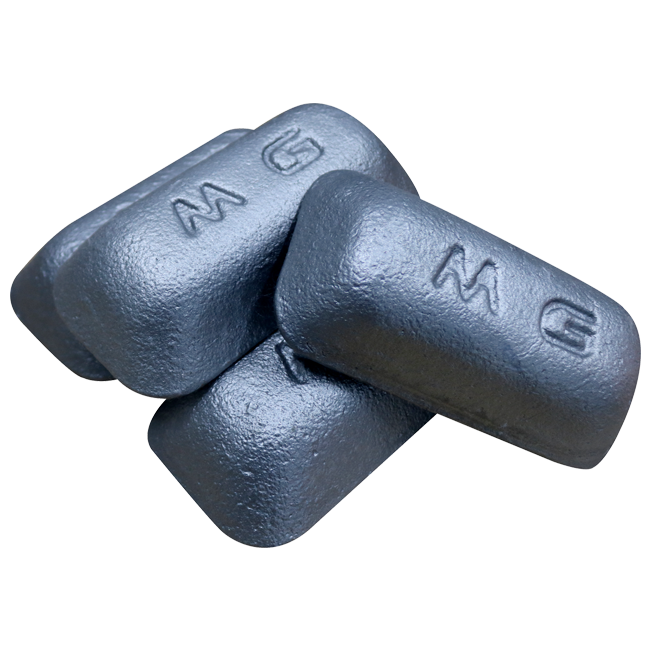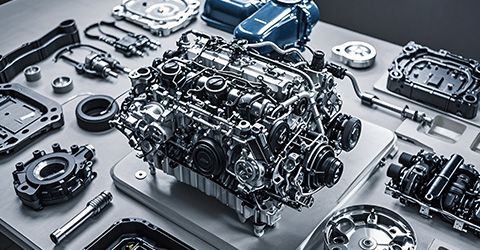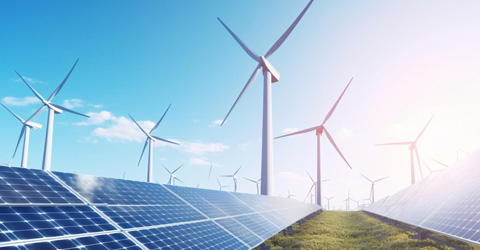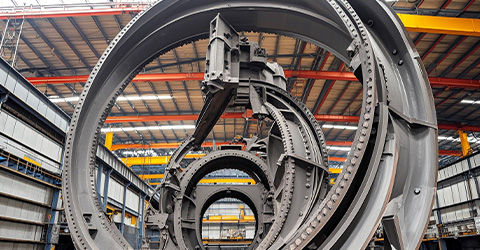Wind power pig iron is an iron-carbon alloy with a carbon content of 3.4-4.5%. The matrix structure is mainly composed of ferrite, pearlite, graphite and a small amount of cementite. The chemical composition is mainly composed of six elements: C, Si, Mn, P, S, and Ti. It has the remarkable characteristics of low sulfur, low phosphorus, low titanium, low manganese, low trace elements, and low anti-spheroidizing element index.
Wind power pig iron is a new product independently developed by the company. It is a special pig iron developed mainly for the special needs of wind power equipment. It was recognized as a national new product in 2020. It is a group standard formulation unit for wind power products in my country. The production process technology is at the leading level in China and can be customized according to different customer indicators.












